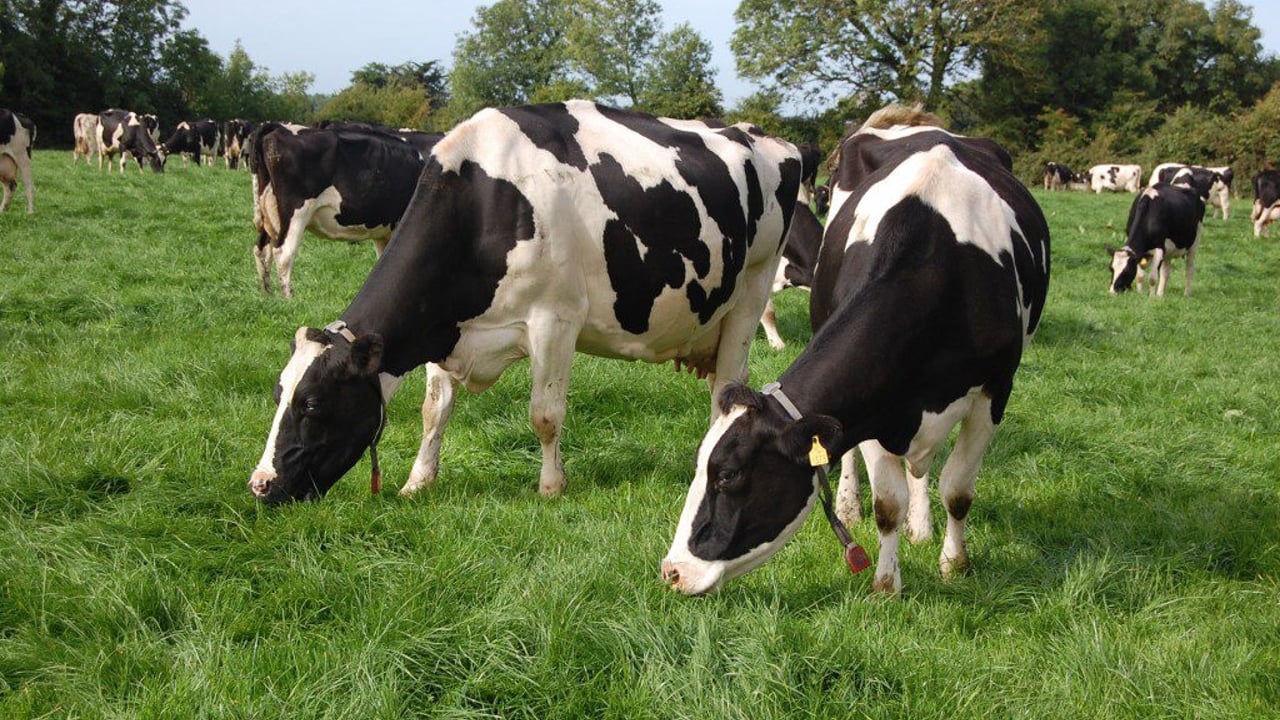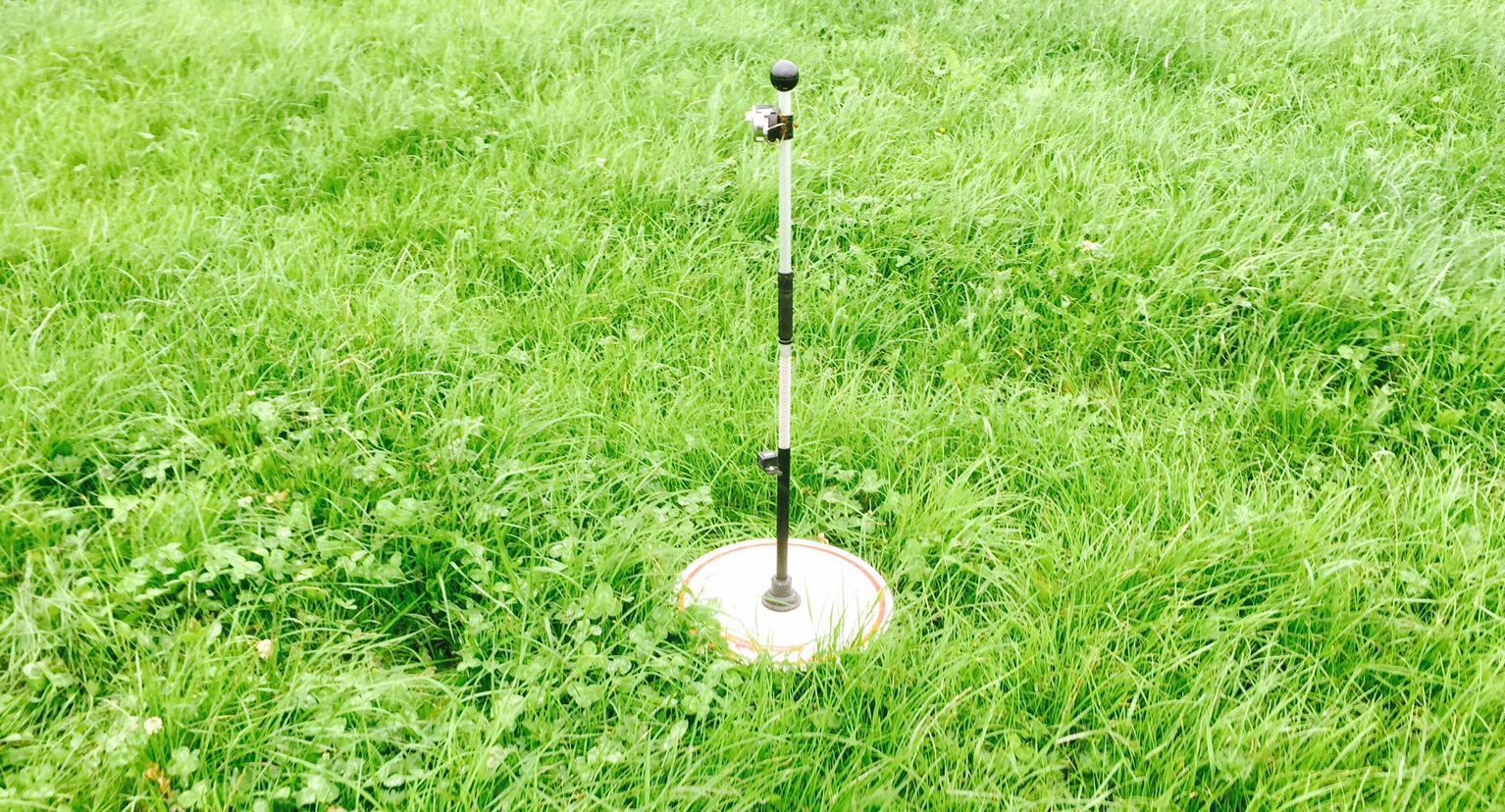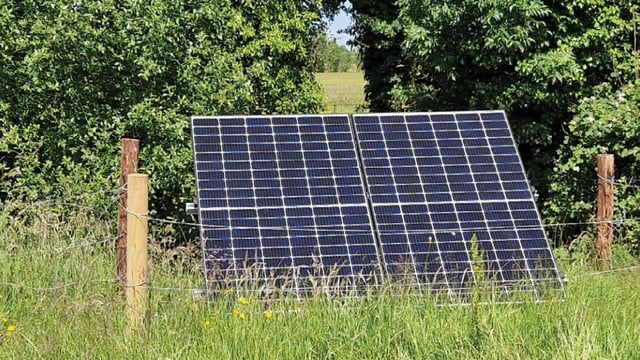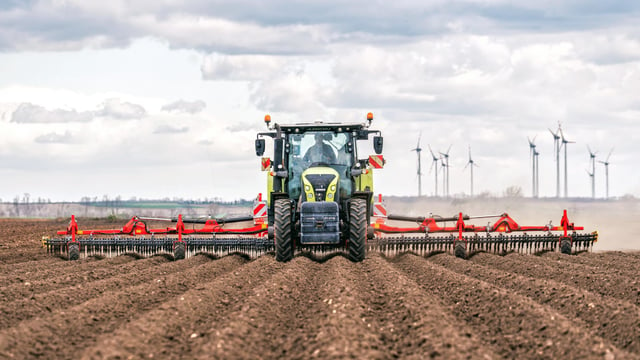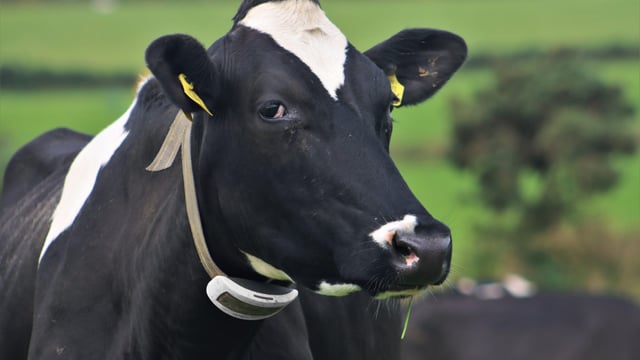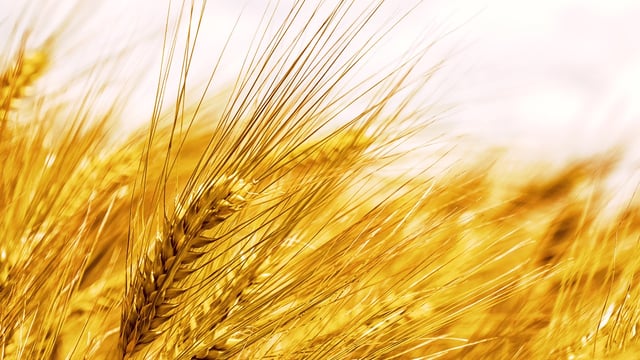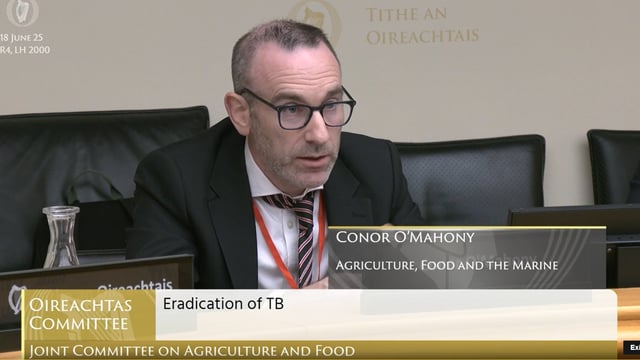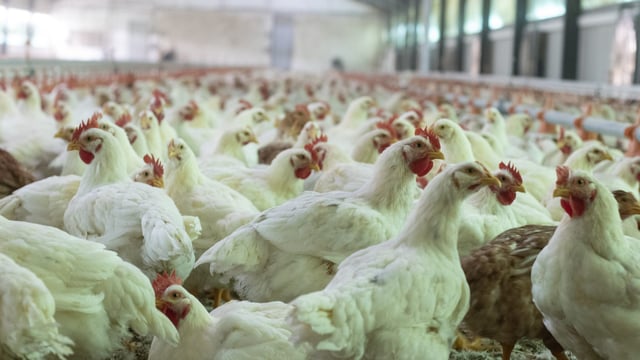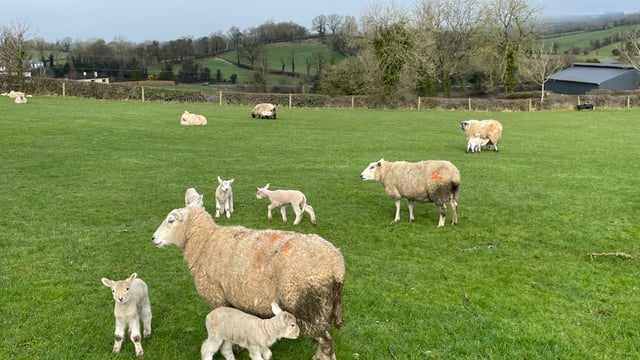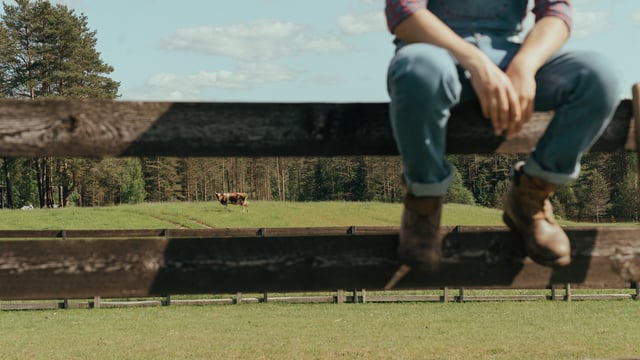Grass growth continues in right direction as quality remains issue
Grass growth has certainly improved over the last week as an accumulation of heat in the ground and moisture in the soil has left many farms with surplus grass.
The last couple of weeks have been difficult in controlling grass quality as, due to soil moisture deficits earlier in the month, the grass plant was heading out early and increased stem reduced quality drastically.
Grass quality in June can often be poor due to increased stem content, which will decrease digestibility. As this stem is difficult for cows to graze, energy intake of the cow will decrease and and performance will also take a knock.
To keep milk production up - and particularly protein at this time of the year - farmers need to target a grazing rotation of about 18-20 days to stay ahead of grass quality.
Farmers need to ensure that cows are going into cover of 1,300-1,400kg of dry matter (DM)/ha when the plant is at the three leaf stage and cows are grazing down to 4cm residuals.
Letting covers go beyond this point means that cows will be grazing stemmy covers, leaving a hit on protein content of the milk and leading to a poorer residual and subsequent growth response.
Grass growth
Grass growth for last week averaged 68kg DM/ha as soil temperatures have climbed up to 16-17℃ and has left over 80% of Pasturebase Ireland (PBI) recording farmers either in a surplus or will have a grass surplus in the coming week.
So, as growth has taken off, most farmers across the country should be eyeing up paddocks that have not yet got corrected for quality to take out for surplus bales in order to keep the rotation at 18-20 days.
Ideally, farmers should try and maintain farm cover/cow at 160-180kg DM/cow and an average farm cover (AFC) of about 650-700kg DM/ha.
For farms that are in the category of 160-200kg of DM/cow, grass growth is 13kg of DM ahead of demand, which, in seven days, AFC will increase by 91kg of DM/ha, closer to an AFC of 750kg DM/ha.
As a general rule of thumb for pre-grazing yields when AFC is at 750kg DM/ha, it generally means you will be going into pre-grazing yield of 1,500kg DM/ha (750 x 2).
If cover/LU has already passed 200kg DM/LU or an AFC of over 750kg DM/ha, paddocks need to be taken out immediately to shorten the round and keep quality in front of cows.
At this stage of the growing season - especially in June when quality is hard to manageand protein often takes a dip - farmers need to walking the farm every four to five days so decisions are made promptly and quality is controlled.
Pre-grazing yields are at 1,541kg of DM/ha and this should be between 1,300 - 1,400kg DM/ha to maximise production and maintain protein levels.
Grass allocation to cows should be increased to about 18kg DM/ha or more depending on the size of the cow as it is currently too low currently at 15kg DM/ha.
For many farms, concentrate levels of feeding is still too high despite many farms having surplus grass, as it sits at 4kg cow/day.
Anything over 2kg cow /day when grass growth is near 70kg DM/ha/day and cover/LU is at 200kg DM/LU will only create a greater grass surplus, reducing sward quality and leading to poor residuals.
The energy and DM intake of the herd needs to be primarily made up through grass as typically, at higher feeding rates of 4-6kg, the meal will displace about 0.5kg of grass DM grass for every 2kg increase in meal fed.
It is important to keep quality grass in the diet and pre-grazing cover of 1,400kg/DM/ha as every 1% reduction in grass digestibility will reduce milk solids yield by 1.25%.
To achieve a grass intake of 18kg of DM/cow, farmers need to be allocating about 19-20kg of DM/cow and ensure that cows are grazing to at least 4.5cm in 24-36-hour allocations to support optimal intakes.
If quality is getting out of hand, grass growth currently and grass growth predictions are offering a chance to get paddocks cut for surplus bales to maintain that 20 day rotation.

